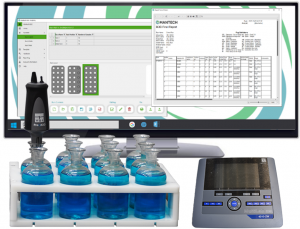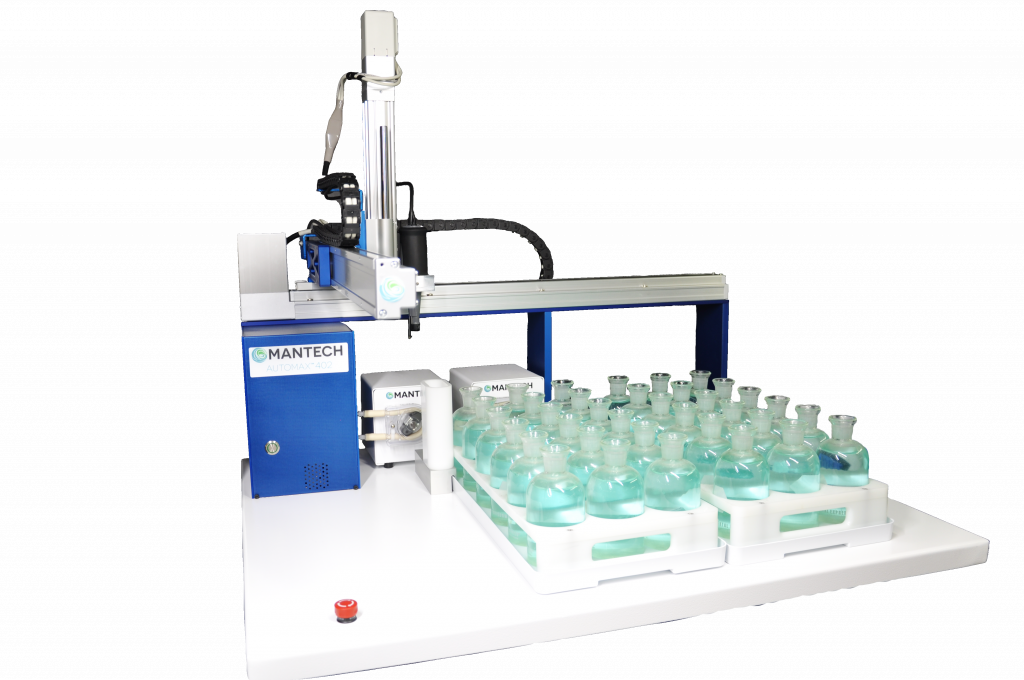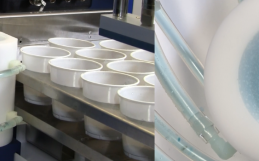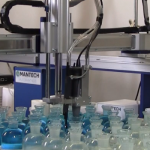Automated BOD Bottle Capping & Decapping – Is it Worth It?
Automating BOD analysis can significantly streamline the process and free up analysts’ time to perform other tasks. While this is mostly true, analysts should consider if the automated BOD bottle (de)capping feature’s perceived benefits are worth it.
Automated BOD Bottle (De)Capping Does Not Reduce Analyst Interaction
Automating a step in a process is often done to avoid performing the step manually which frees up a users’ time. However, automated BOD bottle (de)capping still requires users to place caps on bottles before analysis and remove caps after the automated system has taken the final DO reading. When comparing two automated BOD systems, one with and one without capping automation, both processes require an analyst to perform the same number of steps manually.

Comparison of capping automation and manual capping on automated system
Points at which the analyst performs a manual step are highlighted.
|
Process with capping automation |
Process without capping automation |
|
|
Leaving Samples Uncapped Does Not Significantly Affect BOD Results
Since the BOD test is a long process, it is very important to ensure the results obtained are accurate because inaccurate results would require additional days to redo the test. To reduce effects on uncapped samples, some people may believe automated capping right after dilution water is added during initials will produce more accurate results.
In 2017, MANTECH conducted a study to observe if there were any effects on BOD results if the bottle was capped right after or 5 minutes after dilution water was added. The study concluded that the atmosphere had no significant effects on the DO of the sample. Therefore, manually capping samples after a short amount of time would not negatively affect test results.
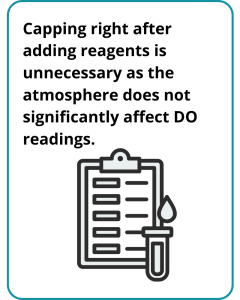
Automated BOD Bottle (De)Capping Adds Unnecessary Complexity
As automated (de)capping adds an additional feature to an automated system, this also adds to the complexity of the system. The more complex an automated system is, the more points at which something may go wrong. This is a risk that laboratories take with any automated system but if a feature is unnecessary, this begs the question of why it would be included in the system.
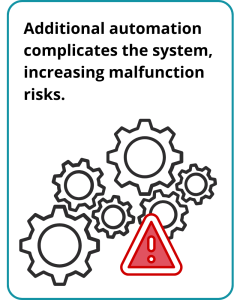
Overall, MANTECH does not recommend automating the bottle capping step of the BOD process. There are no significant time savings or resolutions to concerns with results for it to makes sense to have this feature included on an automated BOD system.
MANTECH’s BOD Automation Solutions
MANTECH offers different levels of BOD automation to streamline the BOD analysis process whether it’s a system which only takes DO readings or a system that performs sample transfer from field bottles to dilution bottles. Users can level up (upgrade) their MANTECH system to include more automation in the future as requirements in the lab change. The highly configurable and modular nature of the BOD Pro analyzers makes upgrading straightforward.
